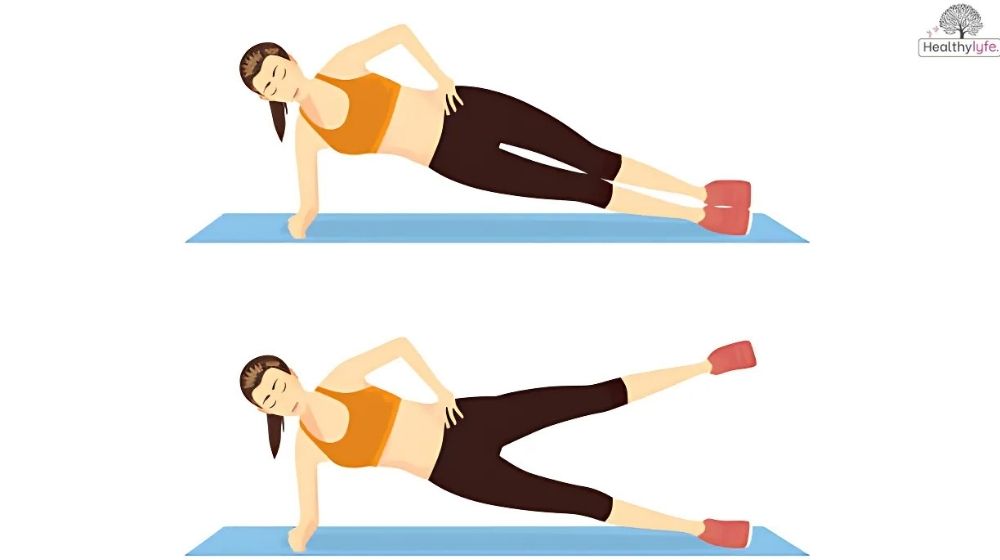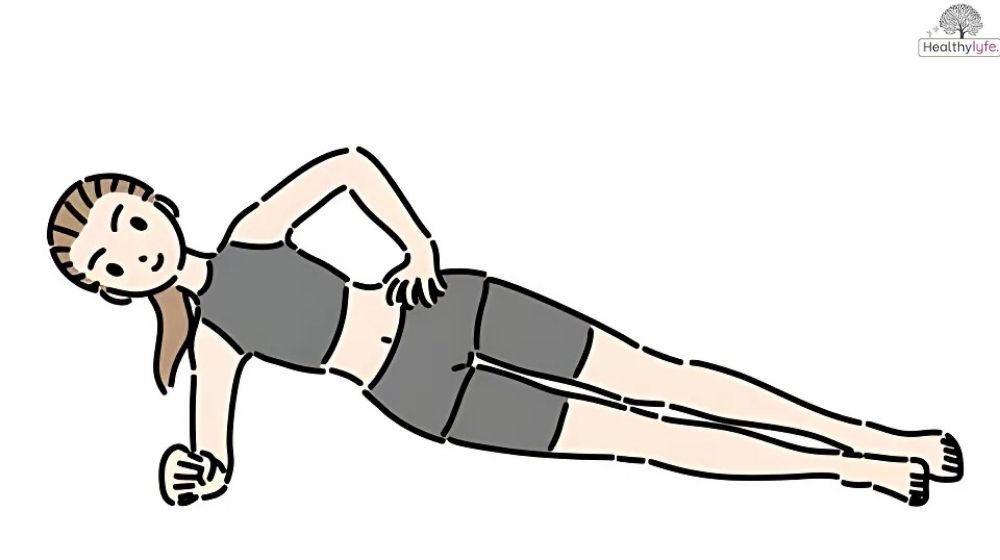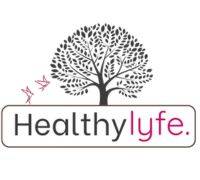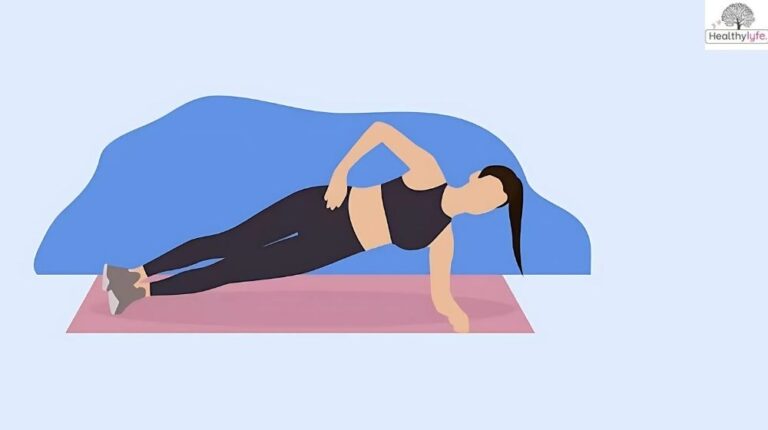Side planks: the best exercise to tone your core, shape your waist, and improve posture. Simple, effective, and perfect for all fitness levels.
Introduction
Side planks are one of the most effective exercises for shaping and toning your body. Unlike regular planks that focus on your core, side planks target your obliques, hips, and shoulders, helping to slim your waist and improve posture. This exercise is great for building core strength, balance, and flexibility.
Side planks are easy to modify for any fitness level, making them perfect for both beginners and advanced athletes. Whether you want to boost your athletic performance or simply improve your body shape, adding side planks to your routine can help you achieve your goals faster.
What is Side Planks?

Side planks are a core-strengthening exercise where you hold your body in a straight line while balancing on one arm and the side of your foot. This position targets your obliques (the muscles along your sides), as well as your shoulders, hips, and core.
To perform a side plank, start by lying on your side with your legs stacked. Lift your hips off the ground, supporting your body weight with your elbow and the side of your bottom foot. Keep your body in a straight line, engaging your core, and hold the position for a set amount of time.
How to Do a Side Plank
Side planks are a highly effective exercise for strengthening your core, improving balance, and toning your body, especially your obliques (the muscles along your sides). They are easy to perform and can be modified to suit any fitness level. In this simple guide, we’ll walk you through the steps to do a side plank correctly and get the most out of this powerful exercise.
- Lie on Your Side:
- Start by lying on your side with your legs straight and stacked on top of each other.
- Place your elbow directly under your shoulder, and your forearm flat on the ground. Make sure your body is in a straight line.
- Lift Your Hips:
- Press through your elbow and lift your hips off the ground.
- Engage your core to ensure your body stays in a straight line from head to heels. Avoid letting your hips sag or lift too high.
- Hold the Position:
- Keep your body stable and hold the position for 20-30 seconds. Focus on keeping your core tight and your hips lifted.
- Make sure your shoulder, hip, and feet are in a straight line, and don’t let your shoulder drop.
- Lower and Repeat:
- Slowly lower your hips back to the ground and rest.
- Repeat the side plank on the other side for balance.
Benefits of Side Planks [1]
Side planks are a great exercise for building core strength and improving overall stability. Unlike traditional planks, side planks target the muscles on the sides of your body, offering a range of health benefits. Here’s why side planks should be part of your workout routine:
1. Stronger Core
Side planks primarily work your obliques, the muscles on the sides of your abdomen, as well as other core muscles. A stronger core leads to better posture and improved performance in physical activities.
2. Improved Balance
Holding a side plank helps improve your balance by stabilizing your body. This benefit carries over to other exercises and daily activities, making you more agile and coordinated.
3. Better Spinal Stability
Side planks strengthen the muscles that support your spine, reducing the risk of back pain and injury. This is especially helpful for maintaining proper posture during movement.
4. Increased Flexibility
Side planks also stretch the sides of your body, improving flexibility in your hips and torso over time.
5. Works Multiple Muscle Groups
In addition to your core, side planks engage your shoulders, arms, and glutes, making it a full-body workout. It’s an efficient exercise that targets several key areas at once.
6. Reduced Injury Risk
By strengthening your core and stabilizing your spine, side planks help prevent injuries, particularly those related to the lower back.
7. Easy to Modify
Side planks are adaptable to all fitness levels. Beginners can start with knee side planks, while advanced practitioners can add leg lifts to increase the challenge.
A balanced diet plays a key role in supporting your fitness routine, including exercises like side planks. Eating the right foods helps fuel your workouts, repair muscles, and improve overall strength. Here’s a simple diet plan to maximize the benefits of side planks.
Key Nutrients for Your Diet:
- Protein – Builds and repairs muscles.
- Carbohydrates – Provide energy for your workouts.
- Healthy Fats – Support muscle function.
- Fiber – Helps digestion.
- Vitamins & Minerals – Aid recovery and prevent injuries.
Simple Diet Plan for Side Planks
| Meal | Food Options | Benefits |
|---|---|---|
| Breakfast | Oatmeal with almond butter, chia seeds, and berries | Provides fiber, protein, and energy. |
| Snack | Greek yogurt with nuts or seeds | High in protein and healthy fats for recovery. |
| Lunch | Grilled chicken salad with avocado and quinoa | Protein and healthy fats to build muscles. |
| Snack | Apple with peanut butter | Healthy fats and protein for sustained energy. |
| Dinner | Baked salmon with sweet potato and broccoli | Protein and healthy fats for muscle repair. |
| Evening Snack | Cottage cheese with cinnamon or a handful of mixed nuts | Protein to support muscle recovery overnight. |
Hydration
Drink plenty of water throughout the day to stay hydrated and support muscle function.
Tips For Side Planks Exercise
Side planks are an excellent exercise for strengthening your core, especially your obliques, but they can be challenging if not performed correctly. To get the most out of this exercise and avoid injury, it’s important to use proper form and follow a few key tips. Whether you’re a beginner or an advanced practitioner, these tips will help you maximize the benefits of side planks.

Maintain a Straight Line
Ensure that your body forms a straight line from your head to your heels. This means no sagging at the hips or arching your back. Engaging your core throughout the movement helps you stay aligned, making the exercise more effective.
Engage Your Core
Before starting the side plank, activate your core muscles by pulling your belly button toward your spine. This will provide stability and prevent unnecessary strain on your lower back during the exercise.
Keep Your Shoulders Over Your Elbow
To prevent shoulder strain, make sure your elbow is directly beneath your shoulder. This alignment helps distribute the weight evenly and provides a solid base of support for the exercise.
Stack Your Feet or Modify
For beginners, stacking your feet on top of each other can be tough. You can modify the side plank by placing one foot in front of the other for added support or dropping your knee to the floor for a more accessible version.
Breathe Steadily
Breathing properly during the side plank is important. Inhale deeply through your nose and exhale through your mouth, maintaining steady breaths. Holding your breath can cause unnecessary tension and make the exercise harder to perform.
Start Slow and Build Up
If you’re new to side planks, start by holding the position for 10-15 seconds and gradually increase the time as your strength improves. Quality matters more than duration, so focus on form before extending the hold.
Add Variations for a Challenge
Once you’re comfortable with the basic side plank, try adding variations like leg lifts, arm lifts, or holding the plank on one arm for more advanced challenges. These variations will engage additional muscles and increase the difficulty.
Switch Sides
To ensure balanced strength, always perform side planks on both sides of your body. Working both the left and right sides will help improve symmetry and overall core strength.
Conclusion
Side planks are a powerful and simple exercise that targets your core, especially your obliques, while also improving balance and stability. This exercise engages multiple muscle groups, including your shoulders, hips, and spine, offering a full-body workout. The right form and consistency, side planks can become a valuable part of your fitness routine. They help strengthen your core, improve posture, and reduce the risk of injury.
FAQs about Side Planks Exercise
What muscles do side planks work?
Side planks primarily target the obliques, transverse abdominis, and core stabilisers. They also engage the shoulders, glutes, and legs for stability.
Are side planks better than regular planks?
Side planks focus more on the obliques and lateral core stability, while regular planks target the entire core. Both exercises complement each other.
How long should I hold a side plank?
Begin with 10–15 seconds per side and gradually increase to 30–60 seconds as your core strength improves.
Are side planks good for beginners?
Yes! Side planks can be modified for beginners by performing them on your knees or reducing the hold time.
Do side planks help reduce love handles?
Side planks strengthen the obliques and improve muscle tone, which can help define the waistline. However, reducing love handles also requires a calorie deficit and overall fat loss.
Can side planks help with back pain?
Yes, side planks strengthen core muscles that support the spine, which may alleviate back pain. However, consult a doctor if you have pre-existing conditions.
Are side planks safe during pregnancy?
Side planks can be safe during pregnancy when performed with modifications, but consult your healthcare provider before starting or continuing any exercise.
How can I make side planks easier?
You can:
Place your bottom knee on the floor.
Hold the position for shorter durations.
Perform side planks against a wall for added support.
How can I make side planks harder?
Try these variations:
Add leg lifts.
Perform a dynamic hip dip (lower and raise your hips).
Hold a weight in the top hand.
What’s the proper form for a side plank?
Align your elbow under your shoulder.
Keep your body in a straight line from head to feet.
Engage your core and avoid sagging or arching.
Can side planks improve posture?
Yes, side planks strengthen stabilizing muscles that contribute to better posture and spinal alignment.
How often should I do side planks?
Incorporate side planks 2–4 times a week, depending on your fitness routine and goals.
Are side planks effective for building six-pack abs?
Side planks primarily target the obliques, not the rectus abdominis (six-pack muscles). They are an important part of a well-rounded core workout.
Do side planks burn calories?
Side planks burn a small number of calories compared to cardio exercises but contribute to building muscle and improving metabolism.
Can side planks cause injuries?
Improper form, overexertion, or holding the position too long can lead to shoulder, back, or hip discomfort. Ensure proper technique to avoid injuries.
Disclaimer: The information provided in this article is for general informational purposes only and is not intended as medical advice. Always consult with a healthcare professional or certified fitness trainer before starting any new exercise.
By healthylyfe


